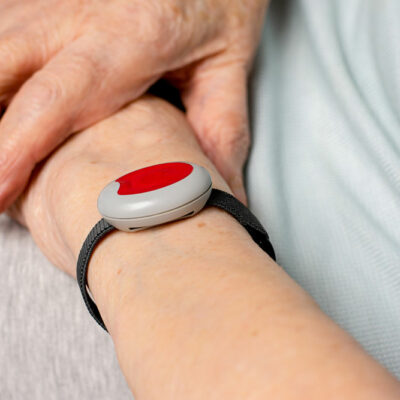
health
Symptoms, types, and management of lymphoma in children
Lymphoma is a cancer that grows in the body when white blood cells multiply. It is more common in adults than children, but cases in the latter can be cured with proper treatment. The causes of cancer in children are not known; however, if left untreated, it can lead to health complications. Therefore, early detection and prompt treatment are paramount to improving one’s chances of recovery. Here’s what one must know about lymphoma in children. What happens in lymphoma? The body has a lymphoid system in place, which forms a part of the immune system that ensures no pathogens can grow and cause harm. The lymphoid system primarily has specialized white blood cells called lymphocytes. They are located in the lymph nodes spread across the body, including the digestive tract and bone marrow. The lymph nodes filter foreign particles such as bacteria, viruses, and abnormal cells and stop the growth of cancer or other diseases. In lymphoma, lymphocyte growth is abnormal, which forms tumors and affects the lymph nodes. Since lymph nodes are spread throughout, the lymphoma can develop in any part of the body. Common lymphoma in children There are two types of lymphoma cancers in kids. They vary based on their characteristics and appearance under a microscope.




















